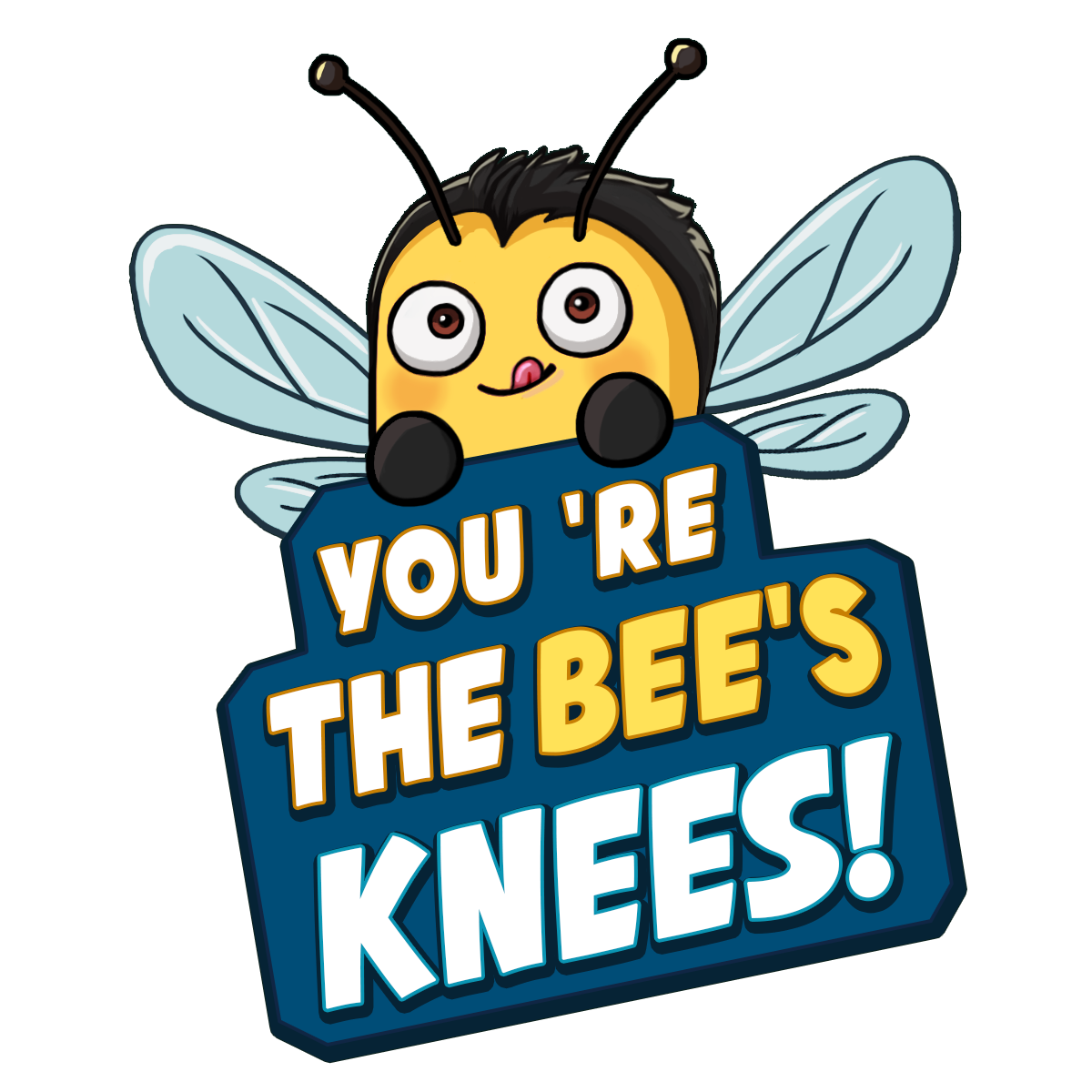Messenger Bee
Messenger bees, while almost indistinguishable from common honey bees at first glance, possess some notable differences that set them apart, particularly in their behavior and a distinctive shape imprinted on the dorsal side of their thorax. This unique thoracic marking serves as a visual identifier for these remarkable insects.
What truly distinguishes messenger bees is their exceptional communication method. The Dragonguard have trained these bees to use body vibrations to produce a series of short and long buzzes that effectively emulate Morse code. This intricate form of signaling allows them to convey coded messages from individuals out in the field back to the regional headquarters, where the hive is located.
By disguising themselves as ordinary, small, and inconspicuous creatures, messenger bees can transmit coded messages covertly — ideal for emergencies when traditional communication methods are compromised or unavailable.
Basic Information
Behaviour
Messenger bees exhibit a unique behavior characterized by their ability to communicate through a series of short and long vibrations, effectively conveying coded messages using a form of Morse code.
Unlike typical honey bees, which lack the ability to vibrate their bodies, messenger bees have been genetically engineered by integrating traits from bumblebees, granting them this unique ability. Consequently, messenger bees tend to be slightly larger than their honey counterparts. Additionally, this hybridization results in reduced honey production compared to traditional honey bees.
Though not entirely solitary like some wild bee species, messenger bees exhibit remnants of social behavior reminiscent of honey bees, particularly in their performance of the waggle dance.[2] However, the bee dance does not relate to identifying the direction or distance from where the message was sent but instead has been observed to lead to recently visited flowers.
This limitation poses challenges for the Dragonguard, as they have found it difficult to train the messenger bees to modify their waggle dance to include directionality for the origin of the messages they relay. As a result, any coded message must include additional information, such as the sender's identity or location specifics. Due to a bee's limited memory, certain elements of the encoded message use shorthand signals standardized by the Dragonguard, called prosigns.[4]
Scientific Name
Apis nuntius
Conservation Status
Tightly Controlled
Body Tint, Colouring and Marking
Like the common honey bee, but with a unique shape on the top of the thorax.
Geographic Distribution







Ooooh, this is very interesting! How they communicate is very cool. I liked the domestication section.
<3